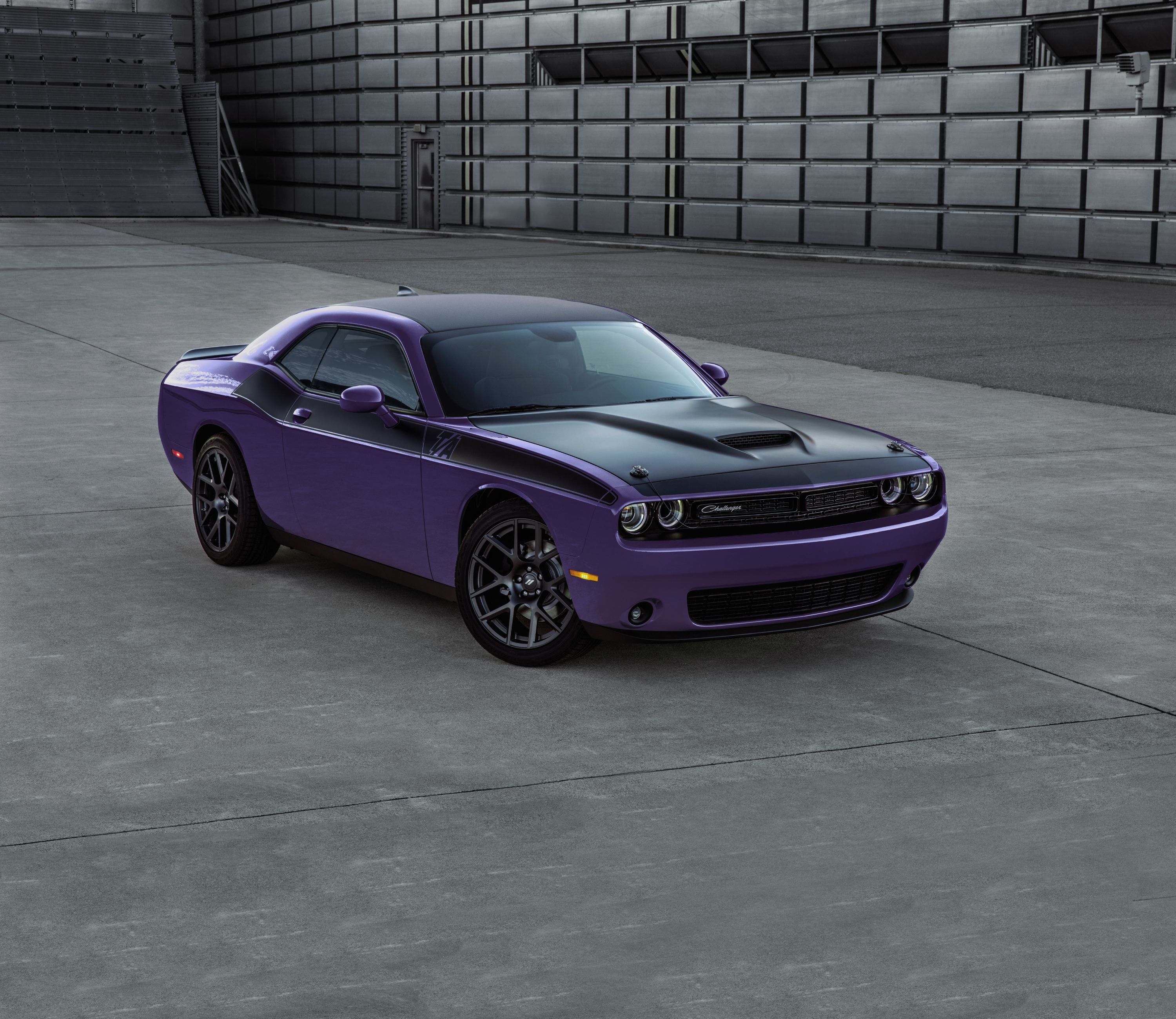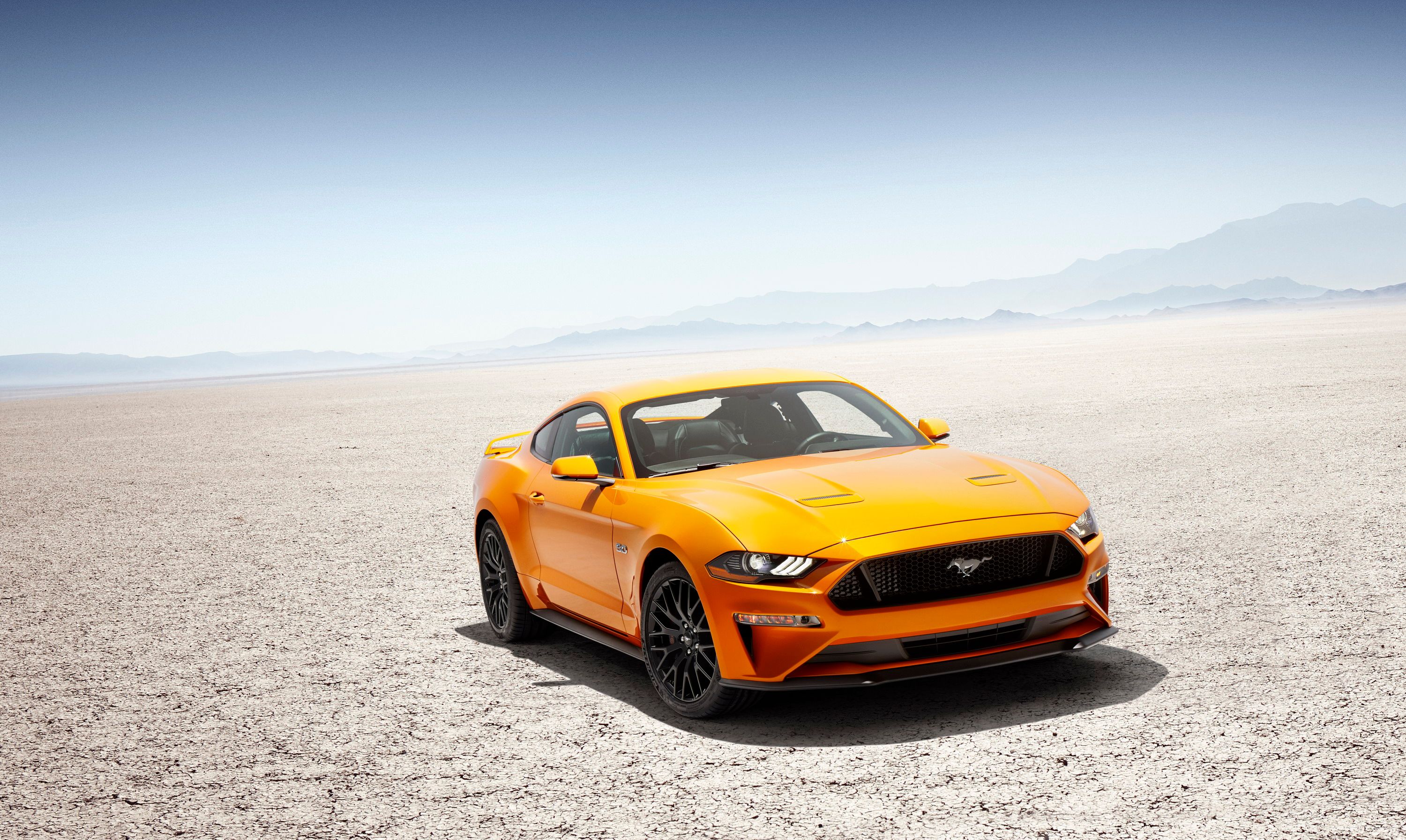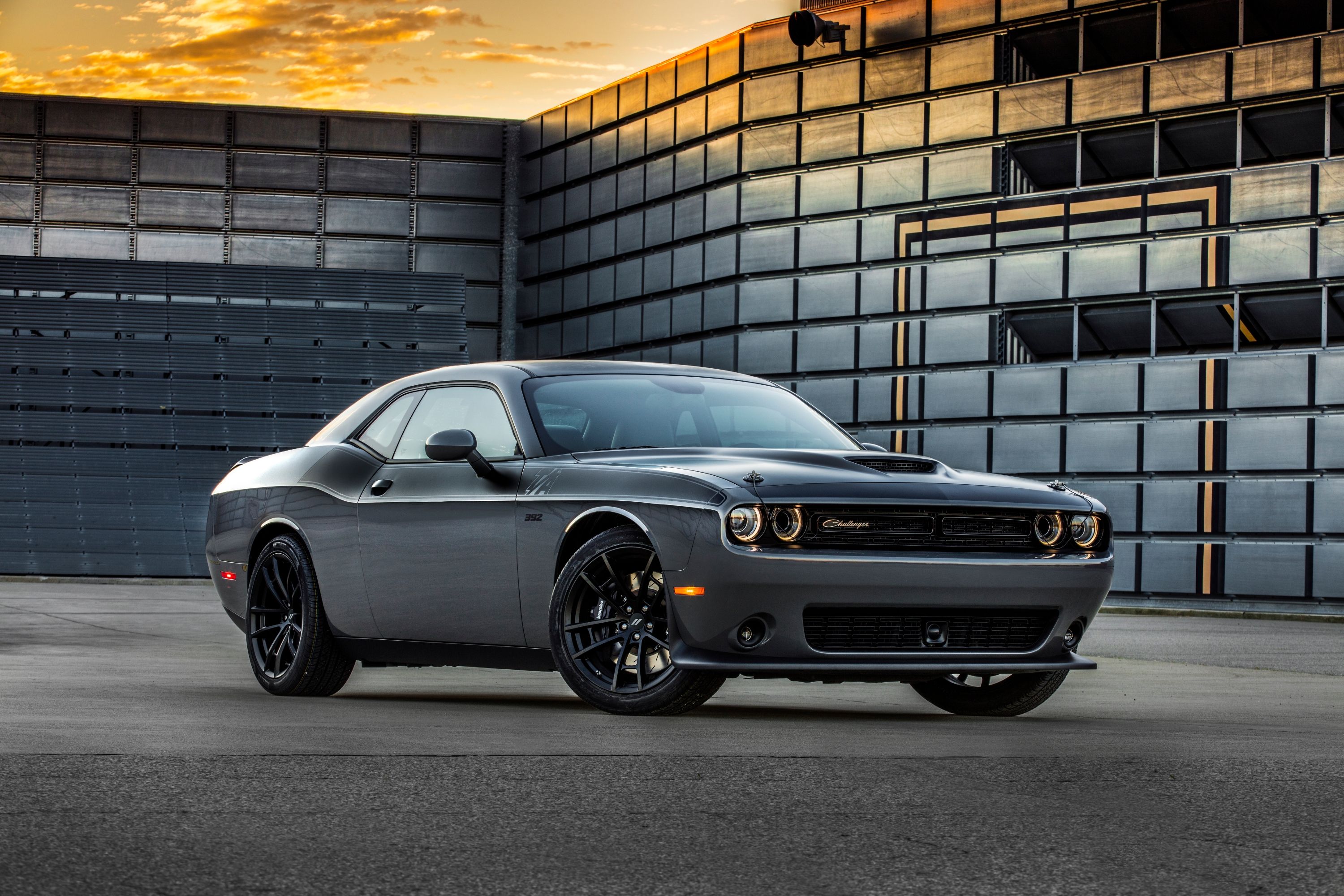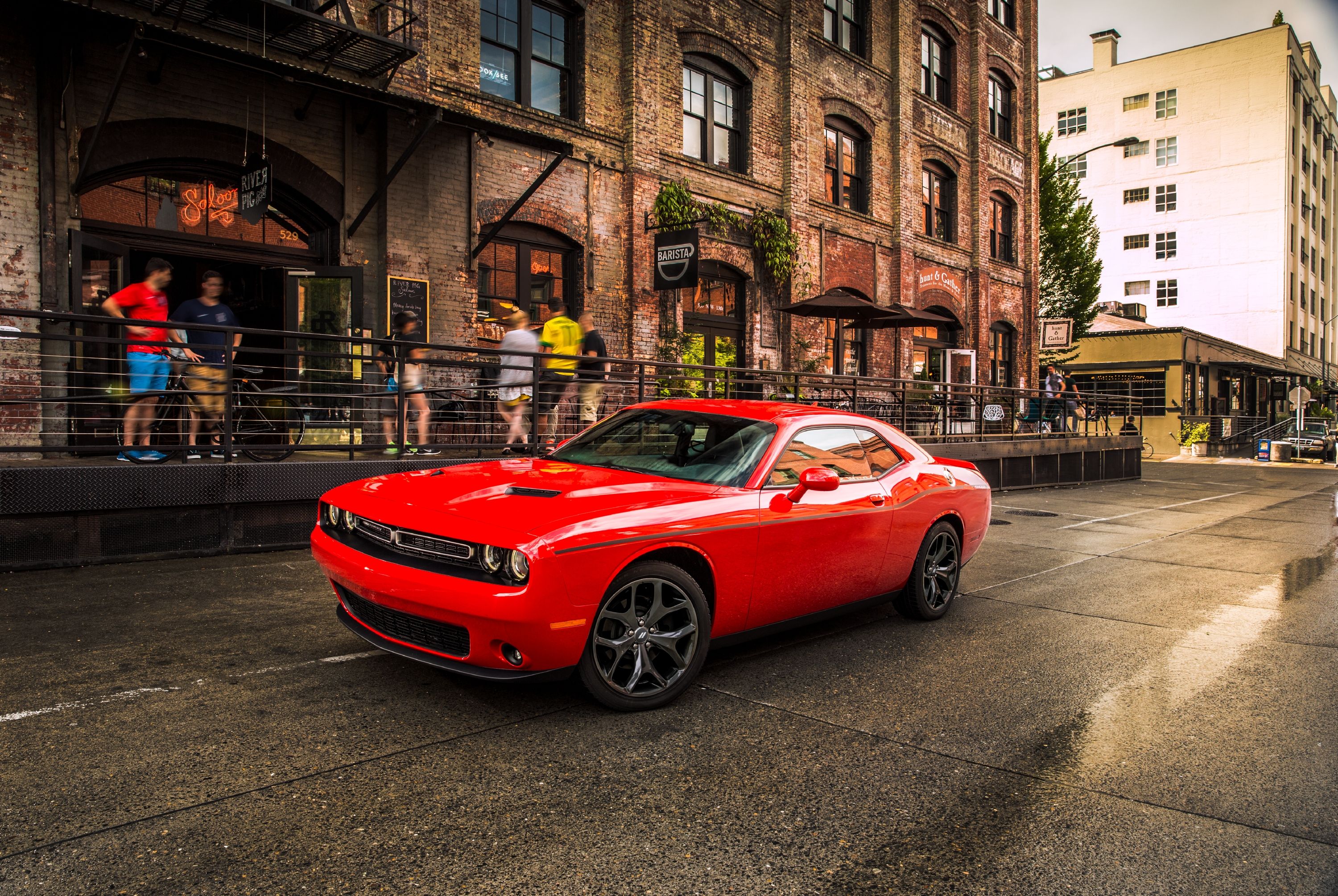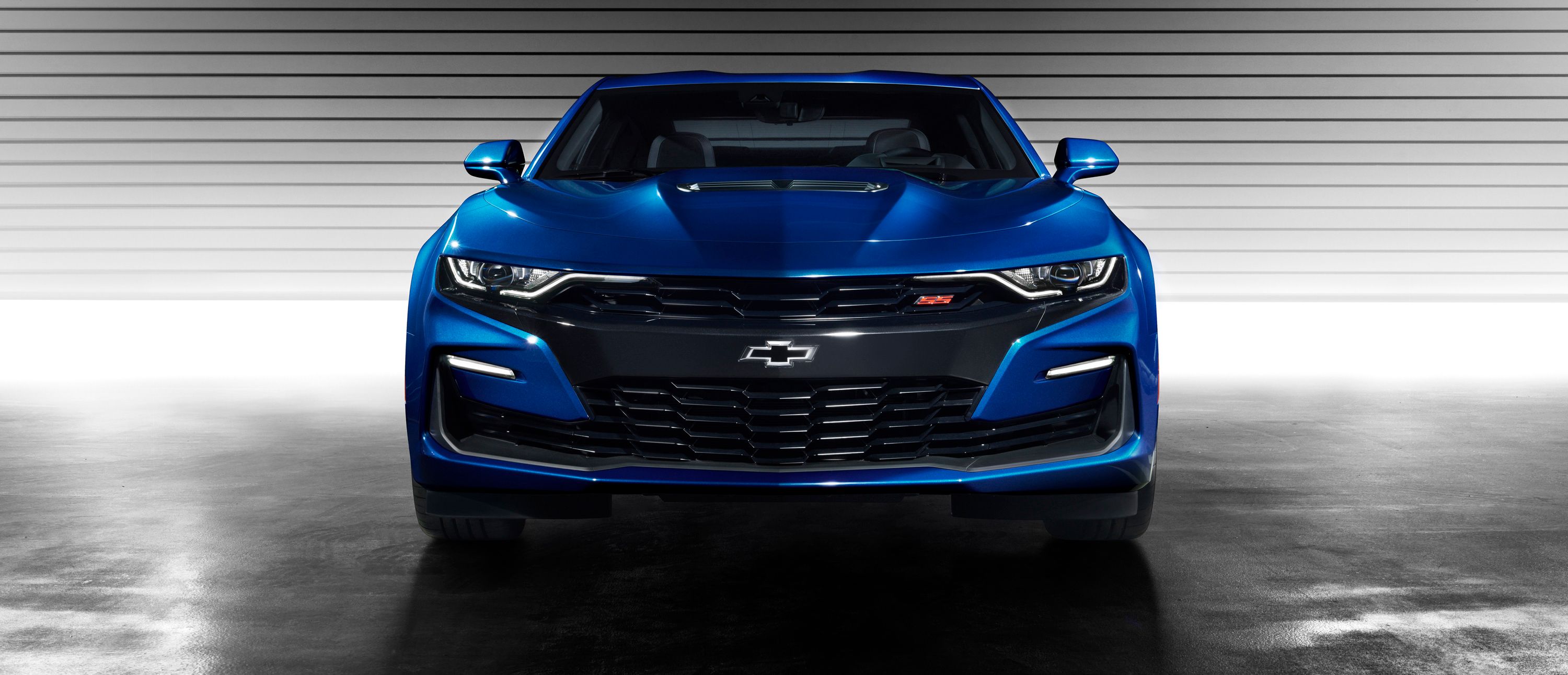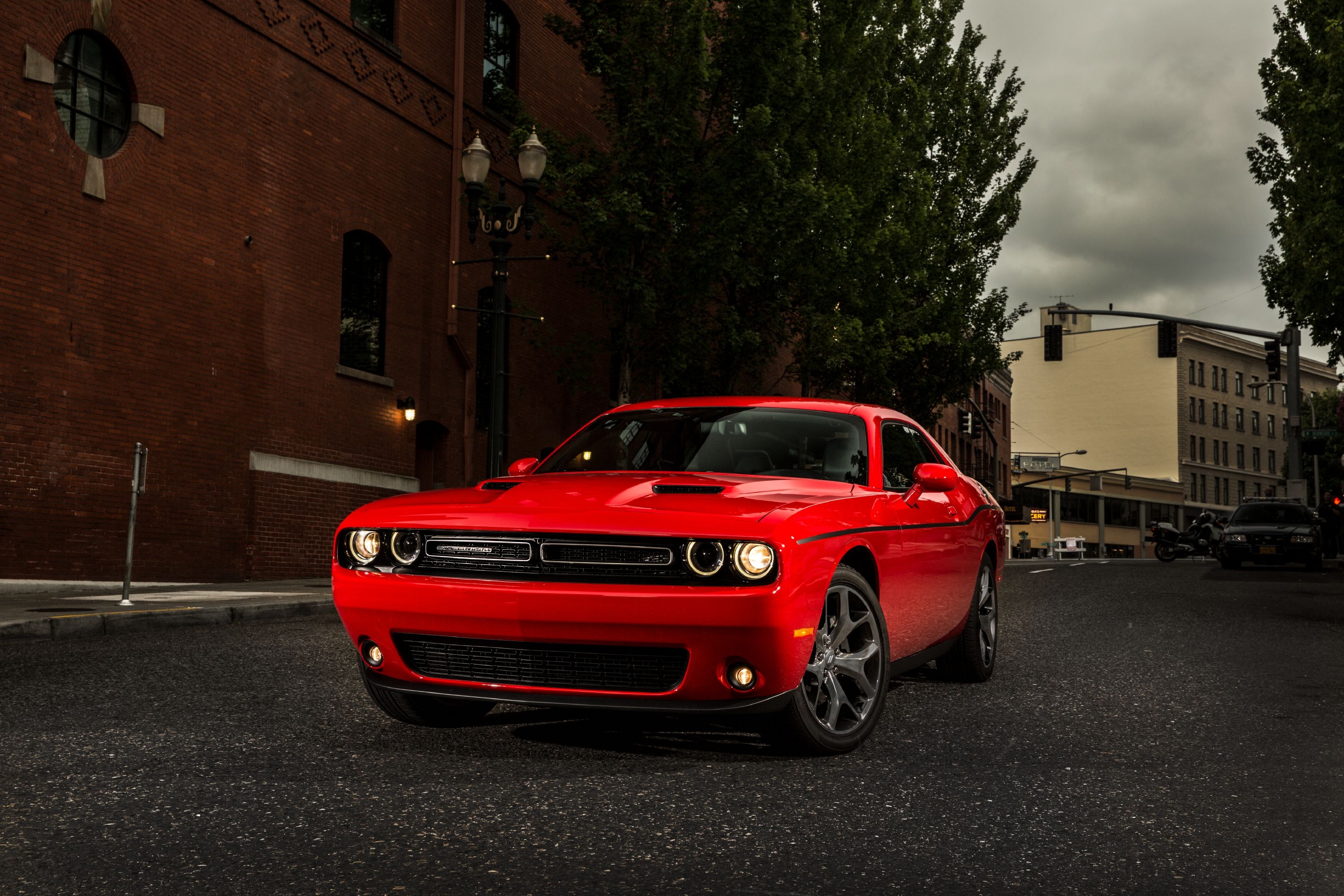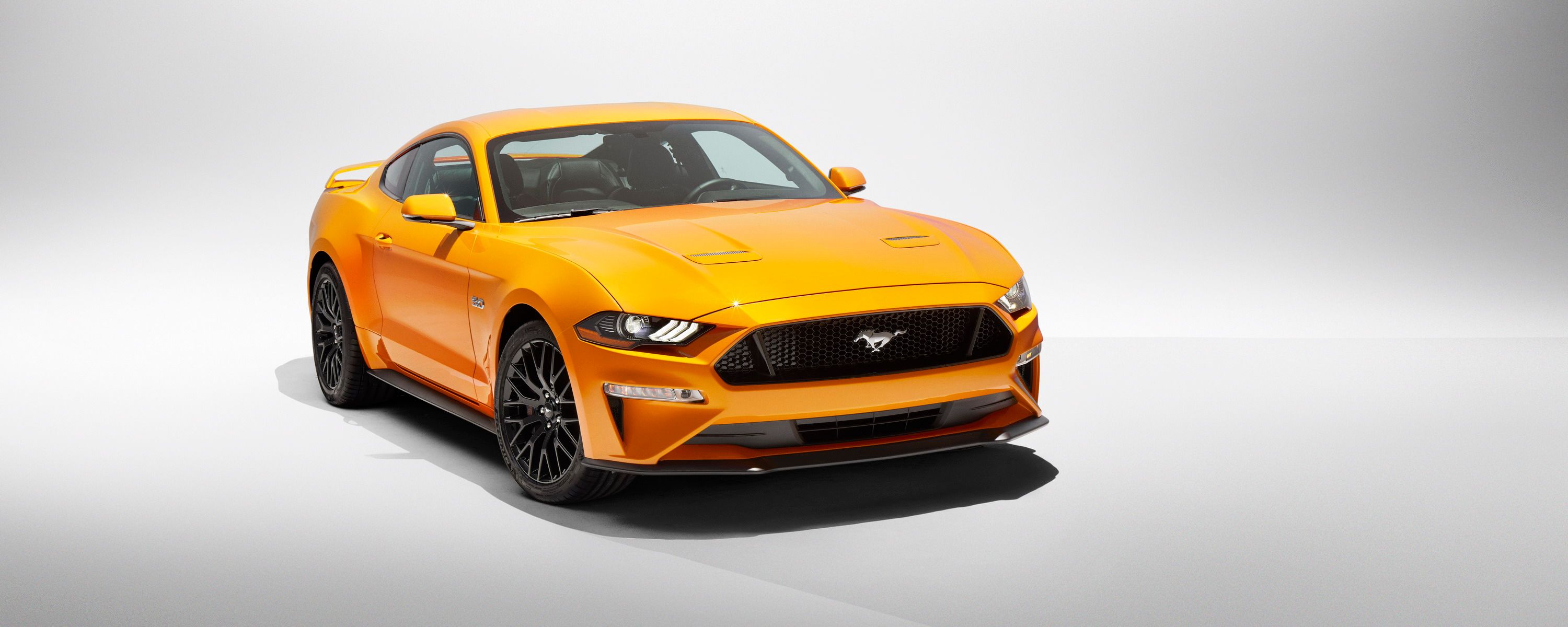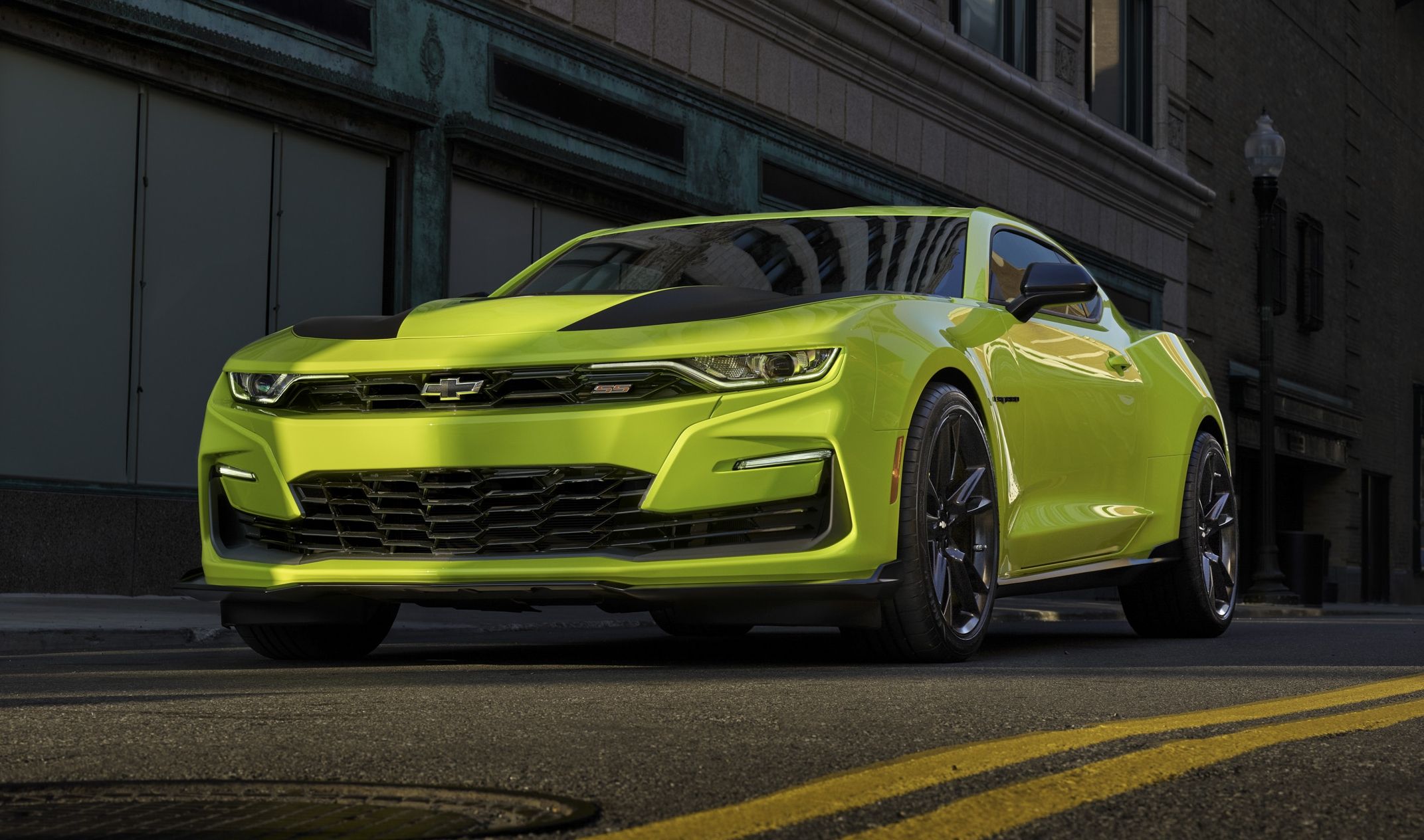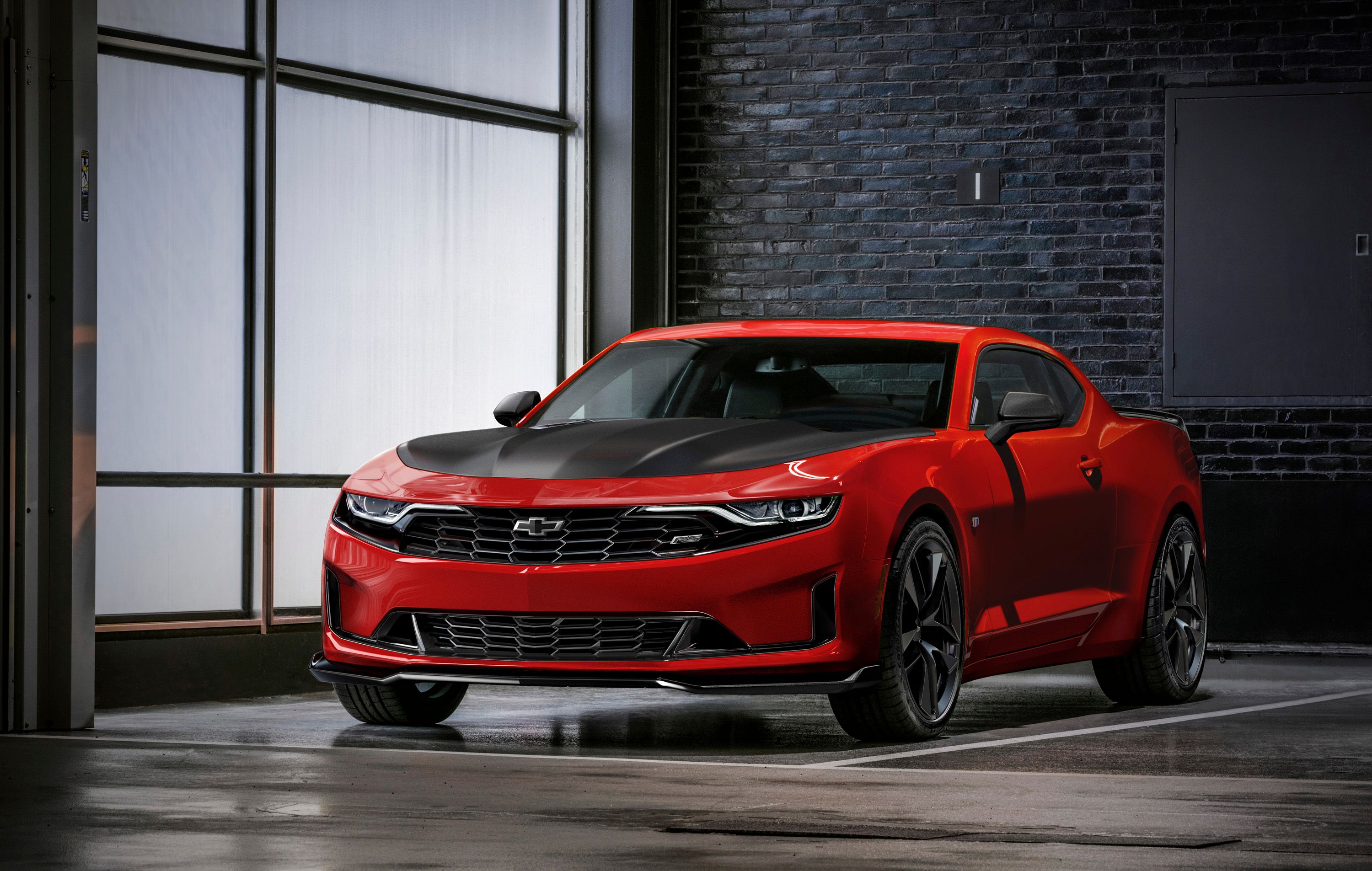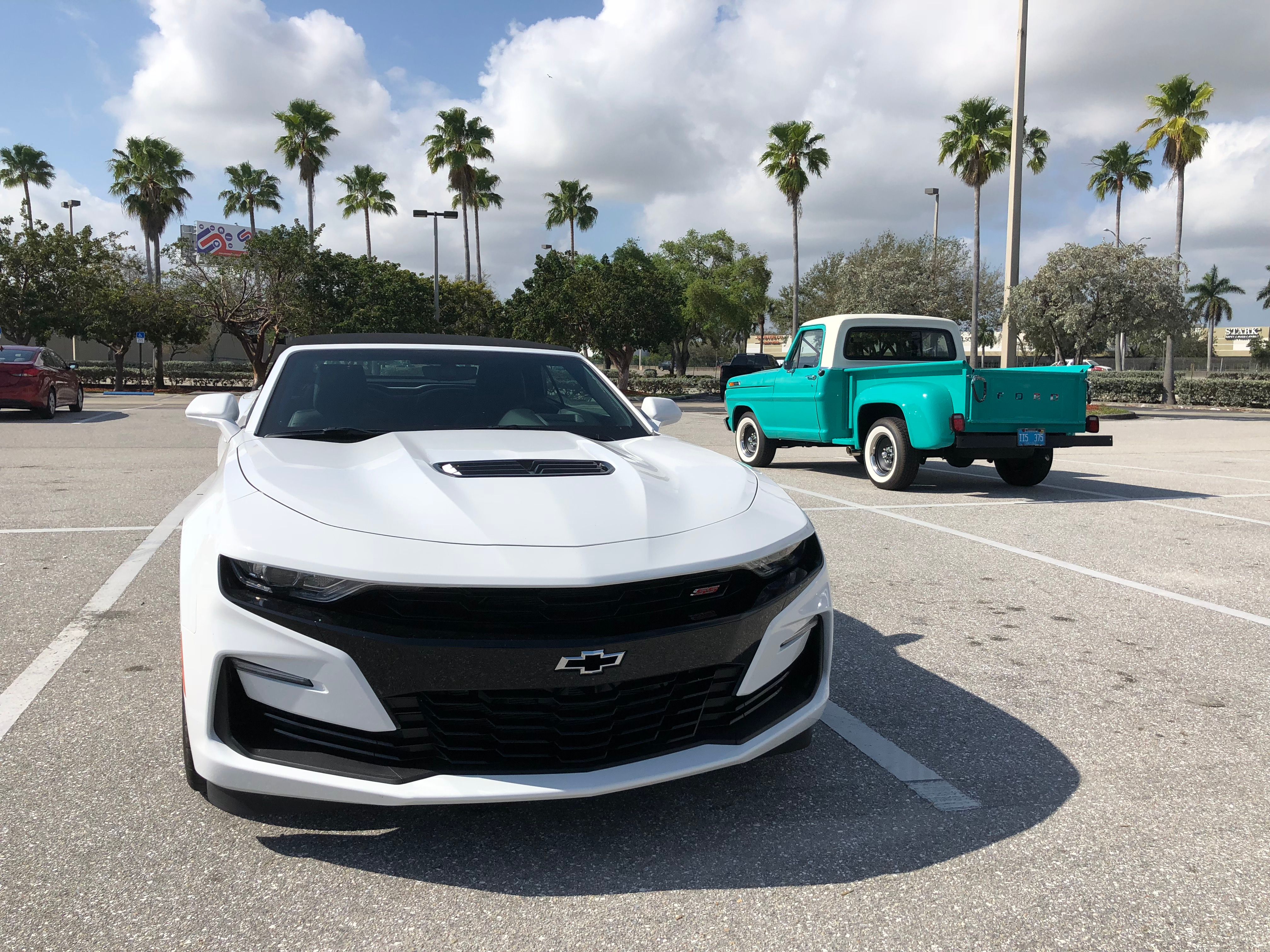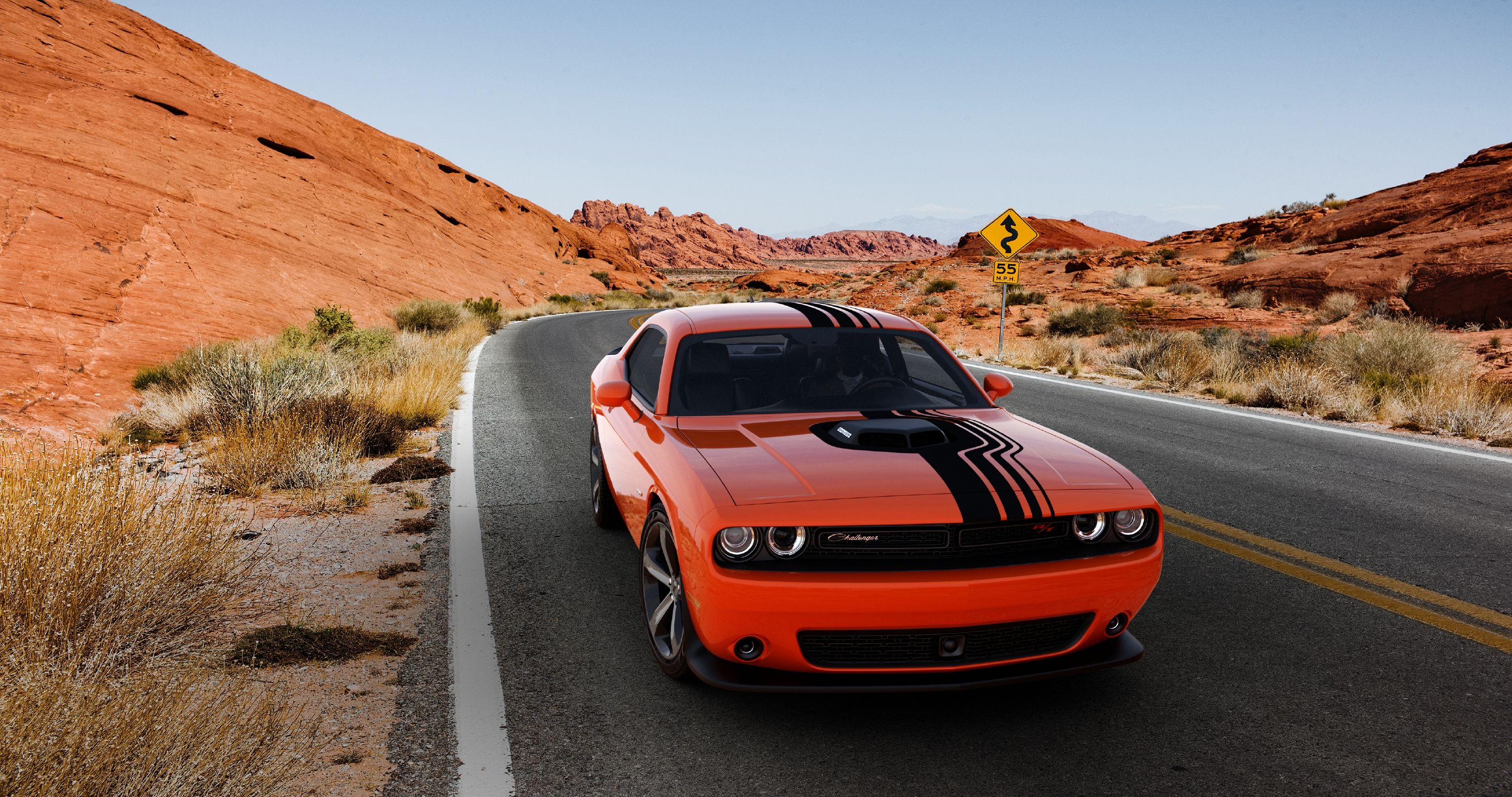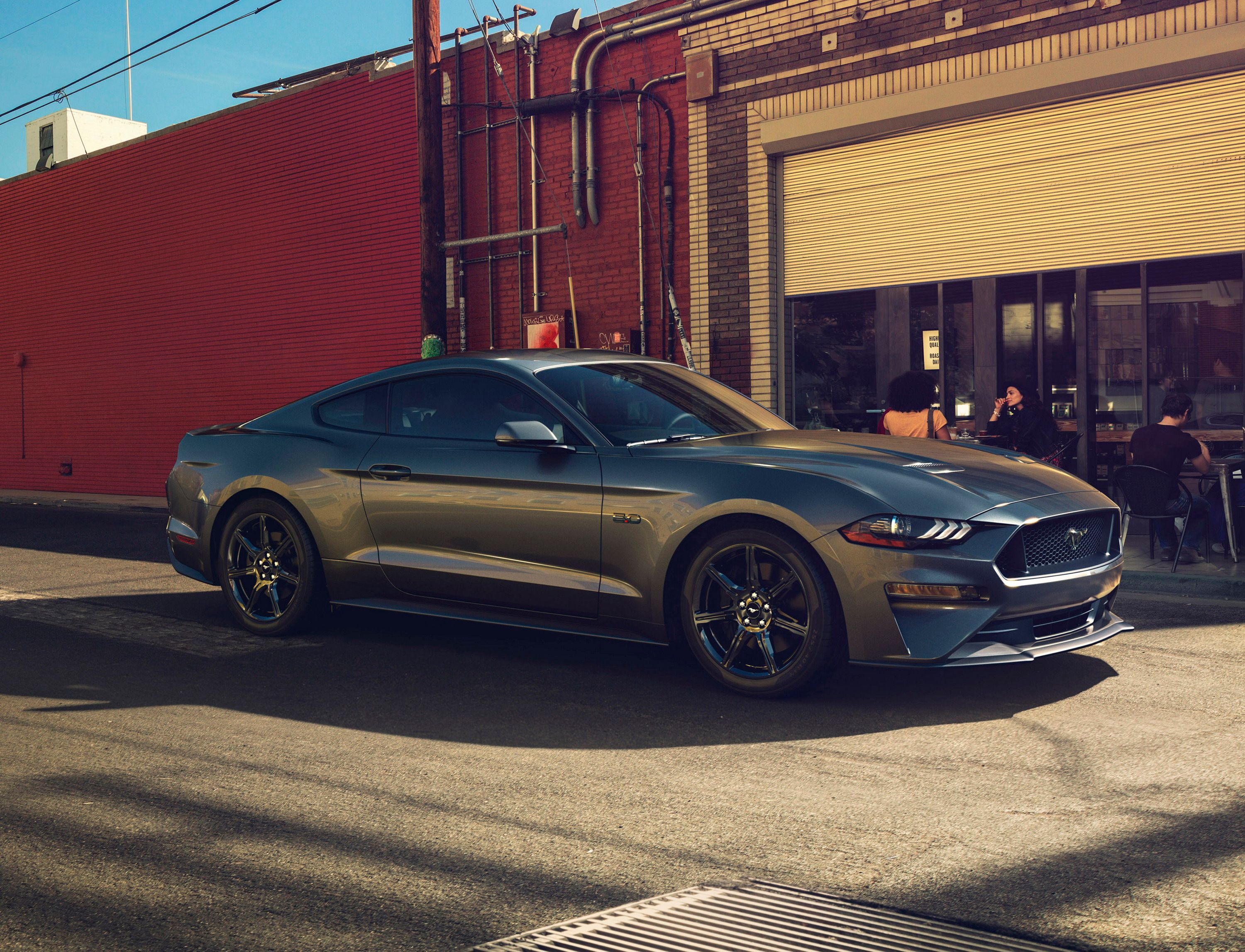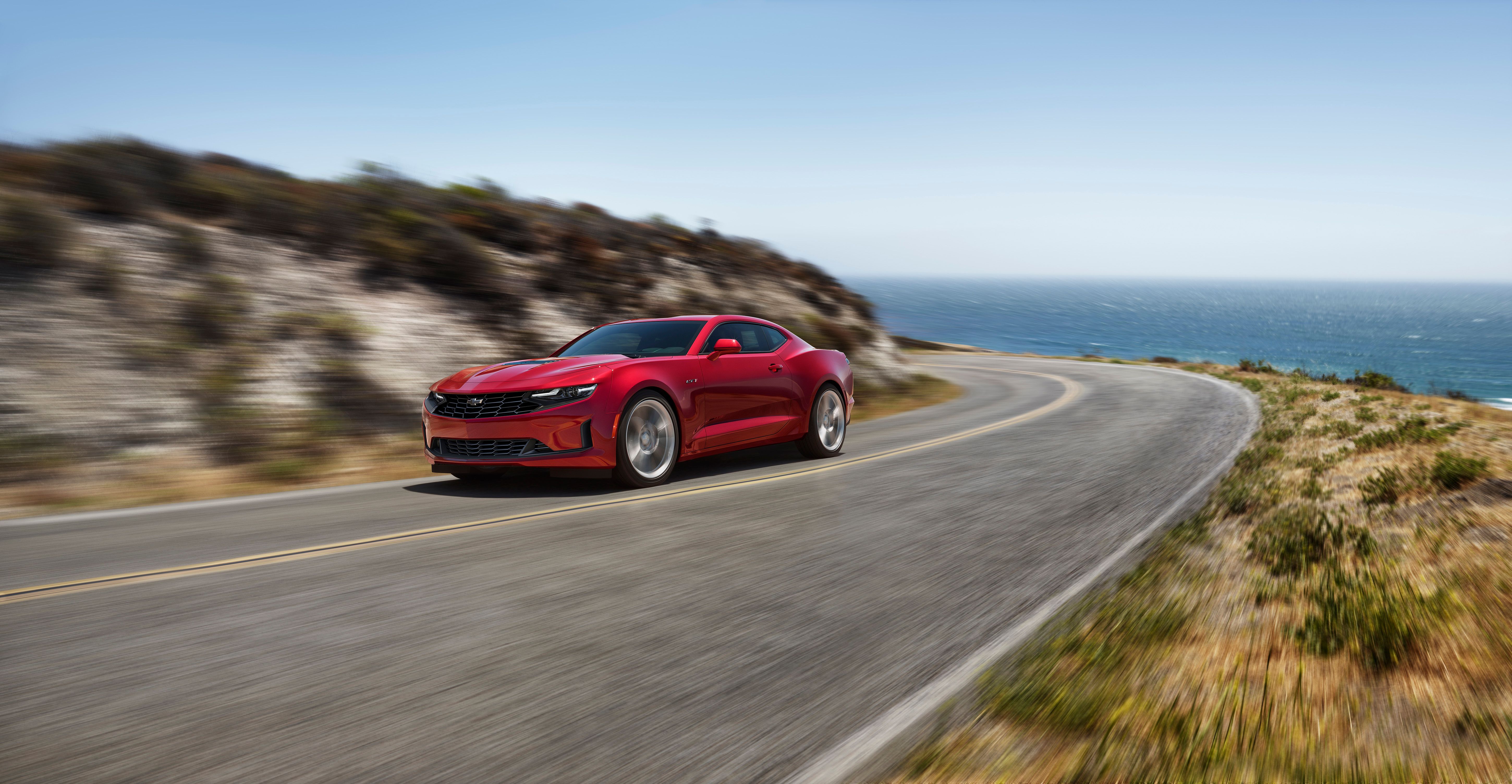You would think that people who buy muscle cars these days are young buyers who are looking to make a name for themselves with affordable performance cars that they can proudly show off on their social media pages. You’d be wrong. The median age for buyers of, say, Dodge Challengers is 51 years old. 51 years old. That age hardly counts in the millennial age bracket, but that’s not even the most surprising part pertaining muscle car buyers these days. What’s most surprising is the median Challenger buyer is the youngest in the muscle car segment, specifically among the three established American ponies. Is this a trend worth paying attention to, and if so, how does this revelation contribute to the future of the muscle car segment?
The irony of ironies, or is it?
On the surface, it is surprising to know that of the three muscle cars populating the segment, it’s the most old-school looking of the three that has the younger buyers. Granted, the age discrepancies aren’t that big, but it’s still odd that the Challenger, which hasn’t changed its modern appearance since 2008, is attracting younger buyers than both the Ford Mustang and the Chevrolet Camaro, two muscle cars that routinely — and supposedly — gain the benefits of facelifts and all-new models. From the design perspective, it is possible that muscle car buyers actually prefer timeless design over frequent changes in the name of modernity. Ford and Chevrolet have changed the appearances of the Mustang and Camaro, respectively, and while that strategy has paid off on different levels for both automakers, there’s something to be said for Dodge sticking to the Challenger’s original looks and attracting younger buyers in the process.
Of course, that only covers one part of it. There are other reasons why younger buyers prefer the Challenger.
Are muscle cars really just status cars for middle-aged people?
Even if we’ve established the Dodge Challenger as a cheaper and more versatile ride than either the Ford Mustang or the Chevrolet Camaro, we still haven’t addressed why the median age among buyers of muscle cars is above 50 years old. To understand this, a little perspective is in order. The muscle car segment isn’t the only segment in the auto industry with a rather senior median buyer age.
While purchasing power plays a big role in the car-buying habits of people, those who have more to spend are also more likely to spend their money on a car that either makes them look cool, look younger, or a combination of both. Granted, there are those who buy muscle cars for the experience of owning and driving one, but with the average age of muscle car buyers hovering at above 50 years old, it’s not unreasonable to imagine that a lot of these people buy a Challenger, a Mustang, or a Camaro specifically because they want to be seen in one.
This is great for those buyers, but is it really the market that automakers like Dodge, Ford, and Chevrolet want to squeeze the most out of? Surely, all three automakers are looking at ways on how they can appeal more to younger buyers because with the cyclical nature of the business, there’s no guarantee that these young buyers will gravitate towards these muscle cars when they hit their 50s. I’m not saying that it’s going to happen, but it’s possible. There could come a point when the current group of muscle car buyers will hit the late stages of their car-buying lives and the younger generation will hit their 50s. What happens if the latter isn’t as interested in the idea of owning a muscle car when they hit the typical age of muscle car buyers?
A void will be created; that’s what’s going to happen.
Will muscle cars have to evolve to cater to a younger market?
This is a tricky question, and I’m sure Dodge, Ford, and Chevrolet have all thought about addressing this.
That’s the issue that these three automakers need to address. Younger buyers, or millennials, just aren’t as interested in big, loud, noisy V-8 engines as the generation before was. That’s not to say that the appeal is gone completely, but the challenge is there to persuade these would-be buyers to pick a Camaro over a cheap sports car, a Mustang over a hybrid vehicle, or a Challenger over a crossover or SUV. These are the vehicles that millennials prefer to buy, and that only accounts for those who are actually interested in buying cars.
For the muscle car segment to continue thriving, drastic changes need to be made, even at the cost of changing the overall identity of the segment. It’s a tricky balancing act trying to satisfy current fans of muscle cars with trying to convince those who aren’t fans of the segment to give it a shot. Perhaps the automakers need to understand and accept the cyclical nature of the industry, too. Segments rise and fall depending on what the demands of the masses are. There’s a reason why sedans are drowning in misery and crossovers and SUVs are thriving. Perhaps the appeal of muscle cars has just come and gone and no amount of evolution will convince a generation to invest their money in a car that they’re not keen on driving in the first place.
Why don’t younger buyers buy muscle cars?
With the muscle car’s core market showing its age, automakers have so far failed in enticing the next generation of the appeal of muscle cars. Part of that can be traced to the lack — maybe even absence — of nostalgia among younger buyers.
The growing popularity of crossovers and SUVs is another possible reason behind the slow demise of muscle cars. Crossovers and SUVs are largely cheaper alternatives to a high-powered, gas-guzzling vehicle like the Challenger, Mustang, or Camaro. They’re also more functional and more versatile, at least when it comes to everyday use. Then there’s the big elephant in the room: the younger generation’s shifting ideology.
You can actually trace a lot of the segment’s ills on the attitude, behavior, and ideologies of millennials, specifically those who have adopted “woke” mentalities. It’s a catch and novel for them to use, but it also has a lot of weight behind it. These are primarily made up of younger people who are, among other things, conscious about the environmen
All of these are factors that should be considered when you ask why younger buyers aren’t buying muscle cars. In so many words, they just don’t see the purpose of these cars. Granted, there could be ways for Dodge, Ford, and Chevrolet to reverse that mentality, or at least reignite interest in the segment. But doing so will take a lot of work and maybe even the acceptance that the current wheel has run its course and a new one should be built.
Further Reading
Read our full review on the 2019 Dodge Challenger.
Read our full review on the 2018 Ford Mustang.
Read our full review on the 2020 Chevrolet Camaro.

